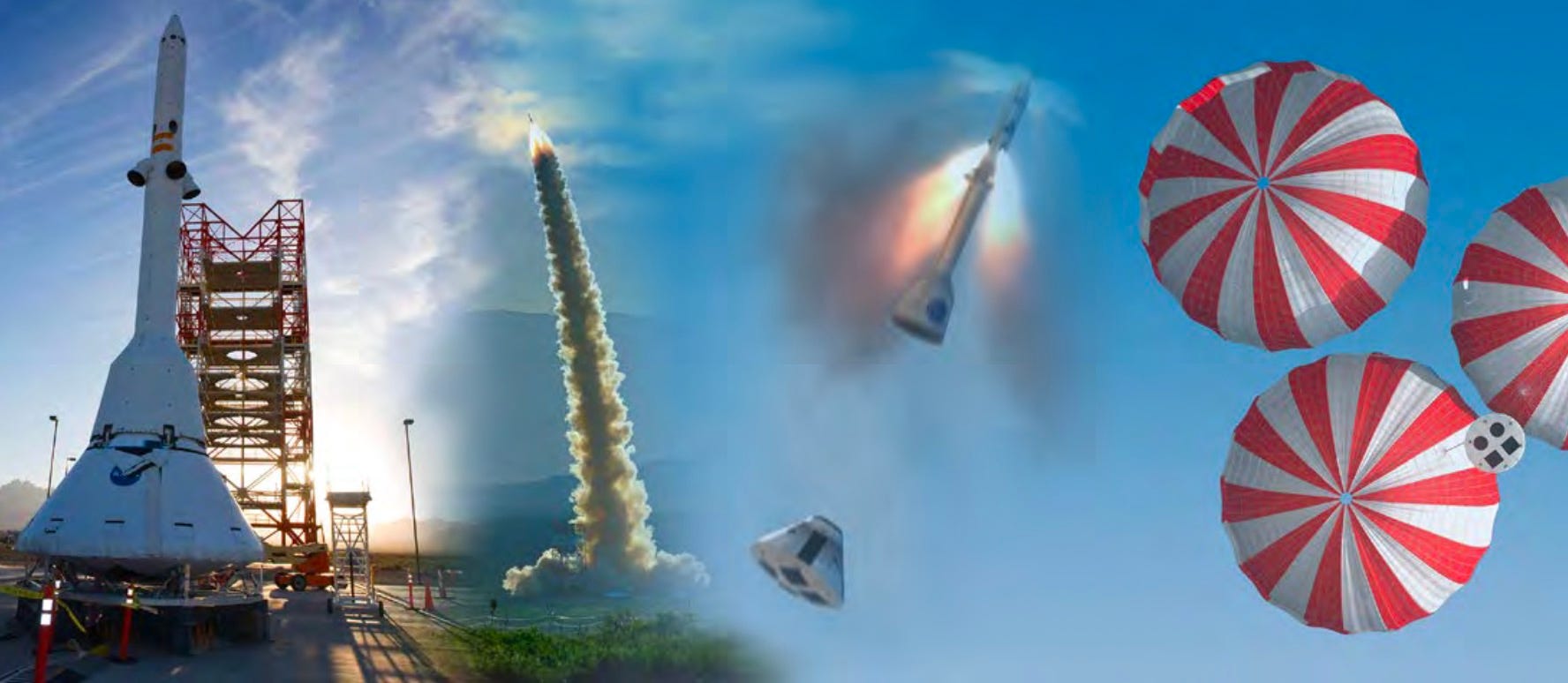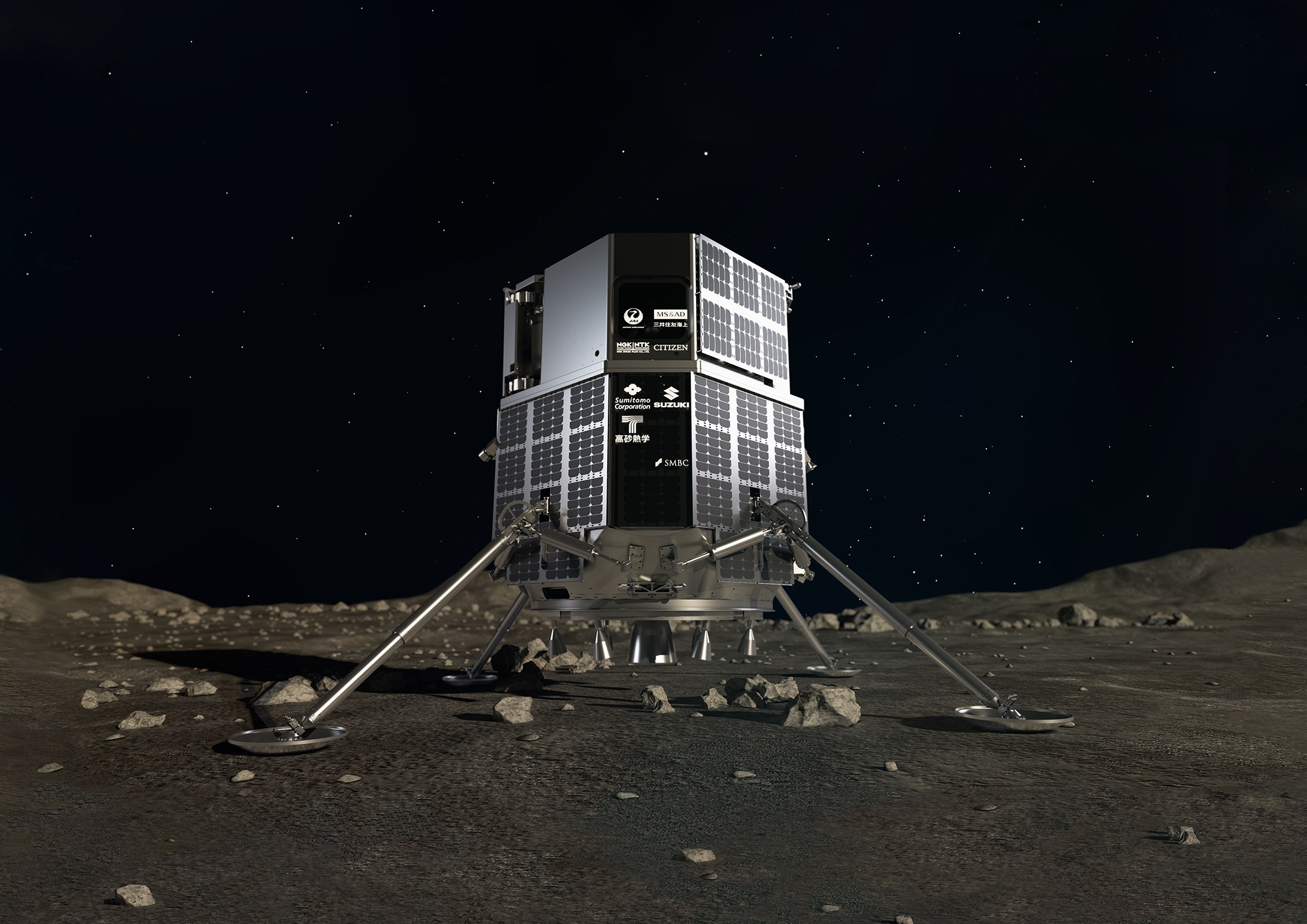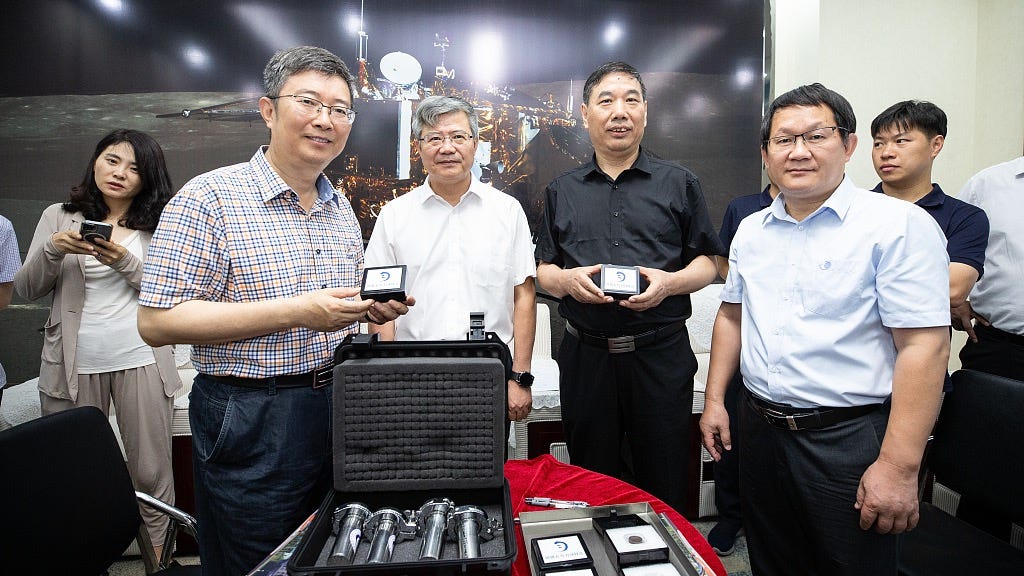Moon Monday Issue #36
NASA readies Orion for flight around the Moon, ispace begins making its lunar lander, China distributes Chang'e 5 samples, Astrobotic advances its autonomous rover, and more lunar developments.
Highlight
NASA has finished fueling and readying the Orion spacecraft for its Artemis I flight to go around the Moon and come back. Next, they will house it in a protective fairing and install its automated launch abort system on top, designed to steer the capsule away from the SLS rocket in an accidental event. However, NASA has decided to not keep the launch abort system functional for this uncrewed mission, citing previously successful tests as being adequate. Next, NASA will stack the integrated system on top of the SLS rocket, completing all the mission elements. The agency is still hoping for a 2021 launch for Artemis I, to prepare for which it has begun performing high fidelity launch simulation runs.

In related news, the Japanese space agency announced that two of their CubeSats—EQUULEUS and OMOTENASHI—will be onboard Artemis I, joining 13 other secondary payloads. EQUULEUS will fly to the Earth-Moon Lagrangian Point L2 to study Earth’s plasmasphere, and OMOTENASHI aims to demonstrate a semi-soft landing with a 12-kilogram spacecraft!
Exploration
ispace has begun assembling its lunar lander for its 1st mission in the second half of 2022. Notably, the lander is being assembled at Germany in cooperation with Ariane Group. This final assembly phase follows successful tests of launch vibrations, acoustics, structural and thermal performance of engineering models of their lander in Japan. After the lander is assembled, its payloads, which includes UAE’s Rashid rover, will be integrated by end of year. Following final testing of the lander next year, it will be shipped to the U.S. for launch on a SpaceX Falcon 9 rocket. Other payloads on the mission include a solid-state battery tech demo, a transformable lunar robot by the Japanese space agency, and multiple payloads and services from Canada.

Related news: On July 13, a consortia of Japanese companies, that includes ispace, submitted a report called the Lunar Industry Vision to Japan’s Minister of State for Space Policy. It contains notes and recommendations urging the government to foster a lunar economy centered on industrialization in Japan to ensure technological growth while catalyzing innovations that benefit Earth.
NASA approved Astrobotic’s MoonRanger rover for final construction, currently scheduled to fly to the Moon’s south pole onboard Masten’s 1st lunar landing mission in 2023 as part of NASA’s CLPS program. This suitcase-sized 13-kilogram rover boasts autonomous navigation and mapping capabilities, something typically a no-go for micro-rovers who require their landers to be in sight to communicate and humans in loop to operate. NASA is making use of MoonRanger’s auto-mapping capabilities by putting a neutron spectrometer onboard to detect signs of water ice below the Moon’s surface. This spectrometer and its findings will reduce risks for NASA’s VIPER mission, which will carry a version of the same spectrometer as part of a larger instruments package to study and map water ice deposits on the Moon’s south pole.

While many U.S. representatives had expressed disapproval of NASA selecting SpaceX as the sole provider for the first Artemis human landing mission, the U.S. House Appropriations Committee passed a spending bill on July 15 that doesn’t block NASA from moving forward with the contract. Instead, it increased funding for the same from the $1,195 million in the 2022 U.S. President’s Budget Request to $1,345 million. They do urge NASA to “bolster competition in lander development and production and improve the United States’ prospects for landing astronauts on the Moon in 2024.” The bill also increased funding for the SLS rocket by nearly $150 million while asking NASA to reduce the rocket’s cost, which currently seems to over $2 billion per flight.
As part of Mission Equity, NASA will award a total of nearly $3.5 million to seven minority-serving universities over two years to participate in lunar exploration. The awards are for work on autonomous lunar robotics, power generation on the Moon, improved spacecraft technologies, and science instrumentation and facilities.
The U.S. Air Force awarded a contract to Masten Space Systems to develop and demonstrate a GPS-like lunar navigation network prototype on Earth by 2023. The benefits of such a system would be similar to Europe’s planned Moonlight orbiters—better navigation for lunar missions, improved landing accuracy, lower costs, and increased payload capacity—except Masten’s network will be surface based.
The Lunar Surface Innovation Consortium is organizing a Lunar Power Beaming workshop from July 22-23 to explore the potential role and possibilities of wireless power transfer across the lunar surface.
Science
China distributed the first batch of Chang’e 5 lunar samples last Monday to research institutions within the country. About 17 grams of samples were distributed to 13 institutions—including the Chinese Academy of Sciences, China University of Geosciences (Beijing), China University of Geosciences (Wuhan), and the Sun Yat-sen University—for 31 research projects. Just like with Apollo samples, China is planning to store some of the Chang’e 5 samples for future sustained studies.

For NASA’s VIPER mission to study and map water ice deposits on the Moon’s south pole, NASA is creating 1-meter resolution 3D maps using LRO spacecraft data coupled with powerful computing tools. This is helping them better understand the ever-changing lighting and temperature conditions at the Moon’s south pole. These novel maps have already revealed that numerous 2-to-5-meter permanently shadowed areas exist across the Moon’s south pole, and they seem cold enough to host water ice. These micro-traps offer more areas to explore and tap into than the much deeper and larger craters VIPER’s primary mission focuses on. Related recent paper: Cold traps smaller than a kilometer, which increase the expected amount of water ice on the Moon by at least 10 to 20 percent.
The 2021 NASA Exploration Science Forum and European Lunar Symposium will be jointly held this year, hosted virtually as an extensive 4-day program featuring talks, sessions, and posters on lunar exploration and science from researchers globally.
More Moon
When India’s Chandrayaan 1 spacecraft found water on the Moon, it changed the course of global lunar exploration. Here’s my article on the story of its discovery that spans two decades and across multiple space agencies.
Thank you Alexandra Witze, Arun Raghavan, Justin Alva, and Andrew Cantino for supporting me and powering this edition of Moon Monday!
Everyone, I’m publishing this one-of-a-kind Moon exploration newsletter for free, with no ads. And it will stay that way. If you like my work, support me to keep it going.
